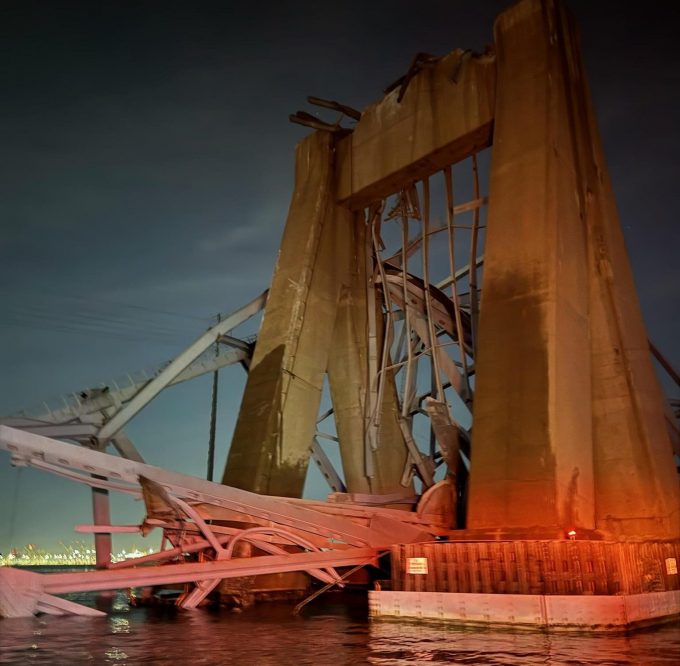Baltimore refloats and moves MV Dali, with services set to resume
The container ship MV Dali that has been blocking the port of Baltimore for two ...

In the fastest Loadstar Explainer ever, we attempt to use what information is available to inoculate readers against some of social media’s most sensational – and extravagantly wrong – conclusions.
Why did M/V Dali smash into the bridge?
A loss-of-propulsion (LoP).
At least one LoP, and associated loss of electrical power ...
Predatory rivals circle as the ripples from DSV's Schenker buy widen
MSC Elsa crew face criminal probe, as Wan Hai 503 firefighters battle on
Latest Israeli attack on Iran a threat to box ships in Straits of Hormuz
Industry concerns rise after yet another box ship on fire off Indian coast
'It's driving us mad', say forwarders as US court fails to end tariff turmoil
European port congestion easing – for now
More legal trouble in India for MSC: feeder vessel detained after box ship disasters
MSC to hold 15% global container terminal market share after Hutch buy
EXCLUSIVE: The good old DSV, 'Winning as One' – all Schenker top dogs out (Part 2)
EXCLUSIVE: Schenker top exec departs 'One DSV' – fishing continues (Part 1)
DHL makes €500m bid to increase its presence in 'fast-growing Gulf markets'

Comment on this article